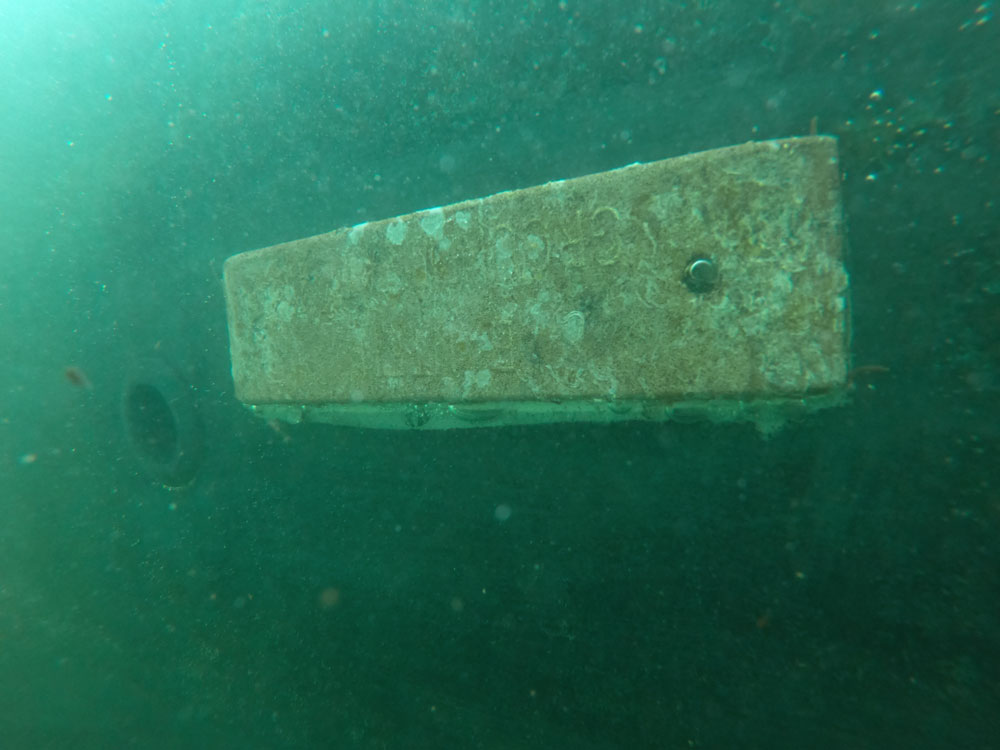When Should I do an Underwater Sacrificial Anodes Replacement?
First of all, what are sacrificial anodes? And how does it work?
What are Sacrificial Anodes?
Sacrificial anodes are a highly active metal that is used to prevent a less active material surface from corroding. Sacrificial anodes are created from a metal alloy with a more active voltage than the other metal it will be used to protect. The sacrificial anode will be consumed in place of the metal it is protecting, which is why it is referred to as a “sacrificial” anode.
The materials used for sacrificial anodes are either relatively pure active metals, such as zinc, magnesium, or aluminium alloys that have been specifically developed for sacrificial anodes. In applications where the anodes are buried, a special backfill material surrounds the anode to ensure it produces the desired output.
The current flows from the newly introduced anode and the protected metal become cathodic creating a galvanic cell. The oxidation reactions are transferred from the metal surface to the galvanic anode and will be sacrificed in favour of the protected metal structure.
Generally, it is good practice to check your anodes within the first 6 months. It’s recommended to replace them when the size reduces to 50%. Anodes are relatively cheap, but without the protection of anodes the damage could be expensive. This is why it’s a good idea to always have a set of anodes on board, so our team can change it while cleaning your boat.
Learn more about our underwater anodes replacement services today.



